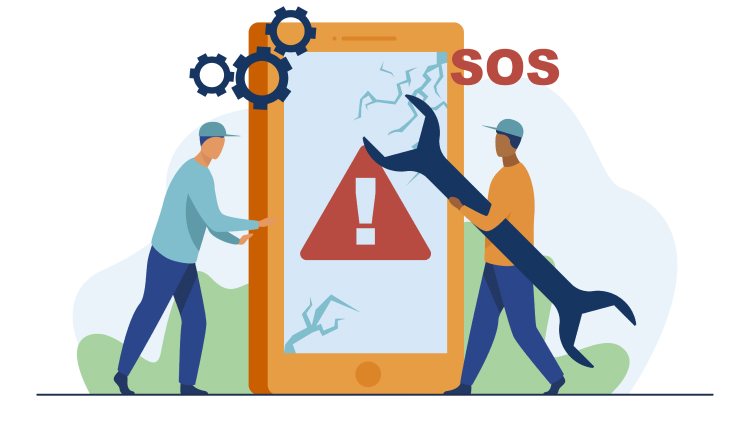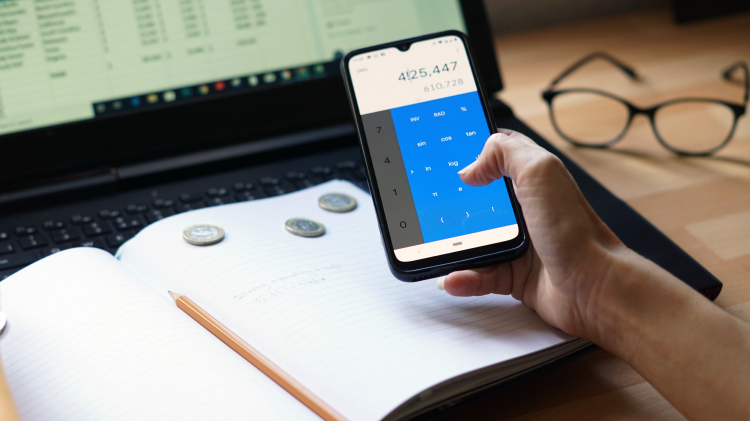Top 10 ADB Fastboot Commands to Unlock the Full Potential of Your Android

For Android enthusiasts and developers alike, ADB Fastboot commands are indispensable tools for accessing deeper functionalities within Android devices. These commands not only enable advanced users to unlock various Android features but also help in fixing issues, rooting devices, and customizing the interface for a personalized experience. In this blog, we’ll dive into the top 10 ADB Fastboot commands every Android user should know to maximize their device’s potential. Whether you’re an Android power user or working on hybrid app development, these commands provide valuable functionality that allows you to take control of your device.
Understanding ADB and Fastboot
ADB, short for Android Debug Bridge, is a command-line tool that allows you to communicate with your Android device from your computer. It’s essential for actions like installing apps, moving files, or debugging issues. Fastboot, on the other hand, is a protocol used to modify the Android file system from a computer while the device is in bootloader mode. Together, ADB Fastboot commands offer unparalleled control over your device, particularly for those involved in development tasks, such as hybrid app development where Android modifications are needed for testing.
Here’s a rundown of the top ADB Fastboot commands that can unlock the full power of your Android.
1. adb devices
The adb devices command is the starting point for any work with ADB. This command lists all devices connected to your system via ADB. It’s a quick way to verify that your device is recognized and ready for ADB interactions, which can be essential during hybrid app development testing phases.
adb devices
2. adb reboot bootloader
If you need to access the bootloader, which is crucial for performing low-level modifications, this command lets you reboot your device directly into bootloader mode. It’s particularly useful for those interested in advanced customization or rooting Android devices.
adb reboot bootloader
3. fastboot devices
Once in bootloader mode, use fastboot devices to confirm that Fastboot recognizes your device. This command helps verify connectivity and is crucial before running other Fastboot commands.
fastboot devices
4. adb push and adb pull
The adb push and adb pull commands allow you to transfer files between your computer and Android device. For example, if you’re working on hybrid app development and need to transfer testing files, adb push is a convenient method.
adb push
adb pull
5. fastboot flash recovery
This command lets you flash custom recovery images, such as TWRP (Team Win Recovery Project), onto your device. Installing custom recovery is often the first step toward rooting your Android, enabling you to customize your device fully.
fastboot flash recovery
6. adb install
The adb install command installs an APK file from your computer to your Android device. It’s an essential command for developers testing apps, particularly during hybrid app development, where quick installations are often required.
adb install
7. adb shell
Using adb shell grants access to the Linux-based command-line interface of your Android device. This command opens up a whole new set of commands that can be used directly on the device, allowing for extensive customization and troubleshooting.
adb shell
8. fastboot oem unlock / fastboot flashing unlock
For users interested in unlocking the bootloader, which allows flashing custom ROMs, this command is necessary. Please note that unlocking the bootloader may void your warranty, and you should proceed with caution. It’s commonly used by developers looking to install custom software or work on hybrid app development on rooted devices.
fastboot oem unlock
or on newer devices:
fastboot flashing unlock
9. adb reboot recovery
To access recovery mode directly from your computer, use adb reboot recovery. This command reboots your device into recovery mode, where you can perform actions like wiping cache or installing system updates manually.
adb reboot recovery
10. adb logcat
This command is invaluable for developers, as it allows you to view the system logs from your device. When testing hybrid app development, you can use adb logcat to see real-time logs that provide insights into app behavior, system messages, and debugging information.
adb logcat
Why Use ADB Fastboot Commands?
The power of ADB Fastboot commands lies in the control they give you over your Android device. For developers, these commands are essential for performing tasks that aid in app testing, customization, and advanced troubleshooting. If you’re working on hybrid app development, these commands enable you to simulate different conditions and settings on Android devices to ensure your app performs as expected.
In addition to their utility in app development, ADB and Fastboot commands are great tools for Android customization enthusiasts. For instance, you can use them to root your device, install custom ROMs, or tweak the operating system to optimize performance. Even if you’re not a developer, learning these commands can help you troubleshoot common Android issues or restore your device if it becomes unresponsive.
Safety and Precautions
While ADB Fastboot commands are highly powerful, they also come with risks if used incorrectly. Here are some tips to keep in mind:
• Backup your data: Some commands, especially those involving the bootloader or flashing new ROMs, can wipe your data.
• Know your device: Ensure your device is compatible with the commands, particularly if you plan on unlocking the bootloader or flashing a custom recovery.
• Proceed with caution: Commands like fastboot oem unlock can void your warranty and permanently alter your device.
Using ADB Fastboot commands safely and effectively can give you unparalleled control over your Android experience, whether you’re exploring hybrid app development or simply customizing your device for a better user experience.
Conclusion
The top 10 ADB Fastboot commands android highlighted here are powerful tools that empower Android users to unlock, customize, and troubleshoot their devices. Whether you’re a developer working on hybrid app development or an Android enthusiast looking to maximize your device’s potential, these commands open up a world of possibilities. Just remember to proceed with caution, and always back up your data before experimenting with ADB and Fastboot. With the right knowledge, you can take your Android experience to the next level, tailoring it to your exact needs and preferences.
Note: IndiBlogHub features both user-submitted and editorial content. We do not verify third-party contributions. Read our Disclaimer and Privacy Policyfor details.







